Practise identifying the rules of patterns, determining missing numbers and interpreting word problems with this set of 36 task cards.
Number Pattern Classroom Activities
This resource is a perfect classroom activity for students to demonstrate their understanding of number patterns. There are four types of problems included on the task cards:
- in/out table: What Is the Rule?
- in/out table: Missing Numbers
- missing number in a sequence
- number pattern word problems.
Students will work through each task card and record their answers on the included recording sheet.
Through this activity, students will demonstrate their ability to describe and continue number patterns resulting from performing addition and subtraction.
Tips for Differentiation + Scaffolding
A team of dedicated, experienced educators created this resource to support your maths lessons.
In addition to individual student work time, use these task cards to enhance learning through guided maths groups, whole class lessons, or remote learning assignments.
If you have a mixture of above and below-level learners, check out these suggestions for keeping students on track with the concepts:
🆘 Support Struggling Students
For students who need a bit of support, limit the types of questions the student must complete. Consider choosing cards that focus on one skill, such as the missing number in a sequence or missing numbers in the in/out tables.
➕ Challenge Fast Finishers
If students need a bit of a challenge, encourage them to create new number patterns based on the rules from the ‘What Is the Rule?’ task cards.
🛴 Scoot Activity
Place the cards around the room numerically and give each student a recording sheet. Assign students or pairs to a starting point card. Give students time to review the card and record their answers in the corresponding space on their paper. Students will rotate to the next card when you say, ‘SCOOT!’ Continue in this manner until students return to their starting point.
👋 Exit Ticket
Use these cards as a formative assessment after your lesson. Pick a random assortment of cards and project them on the board for the whole class to see. Students can record their answers on a sheet of paper, sticky note or their notebook.
Easily Prepare This Resource for Your Students
Use the dropdown icon on the Download button to choose between the PDF or editable PowerPoint or Google Slides version of this resource. A recording sheet and answer key are also included with this download.
Print on card for added durability and longevity. Place all pieces in a folder or large envelope for easy access.
To keep the task cards out of pockets or under desks, punch a hole in the corner of each to place them on a binder ring.
Sustainability Tip: Print a few recording sheets on thick paper and slip them into write and wipe sleeves. Students can record their answers with a whiteboard marker and then erase and reuse them.
This resource was created by Beth Hindi, a Teach Starter Collaborator.
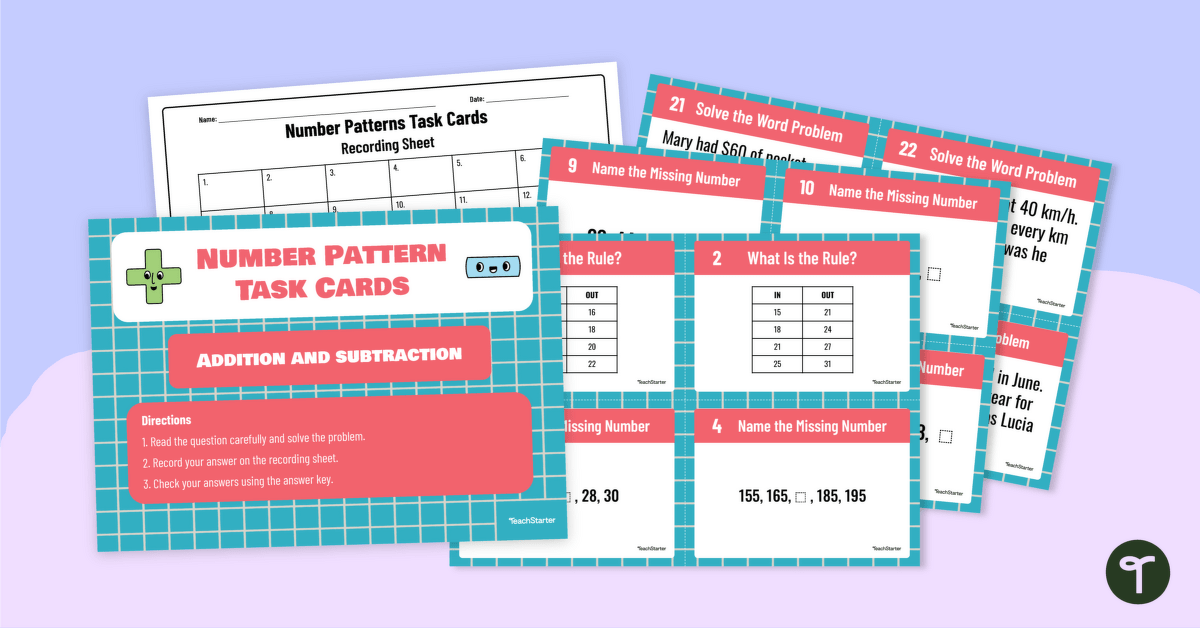

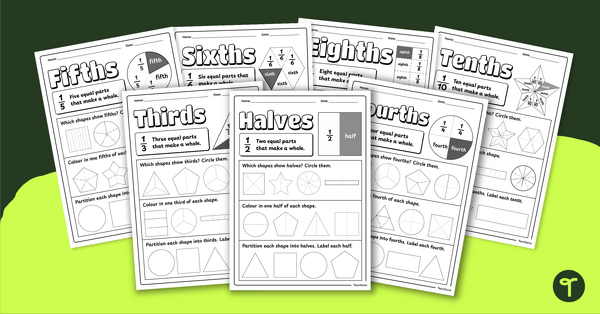
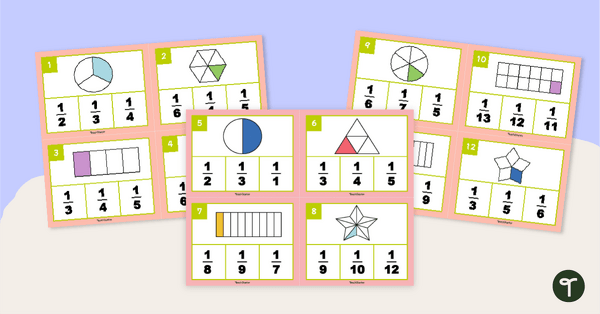



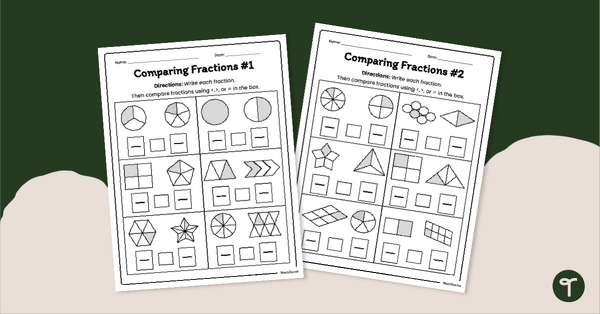
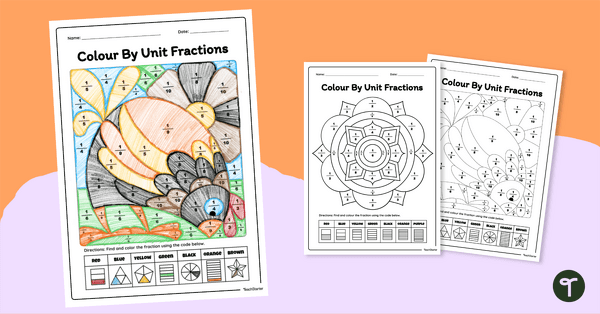
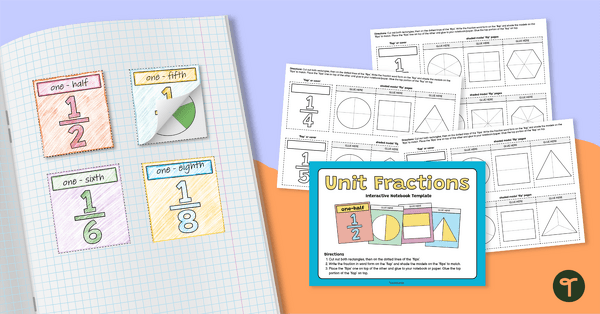
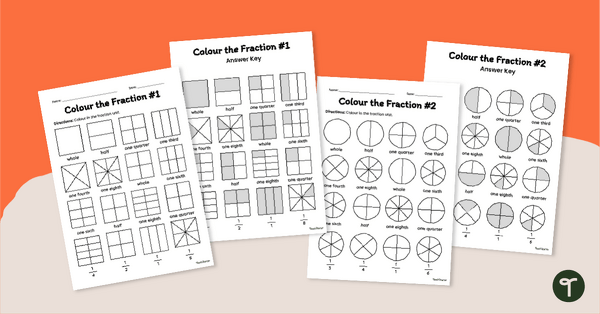
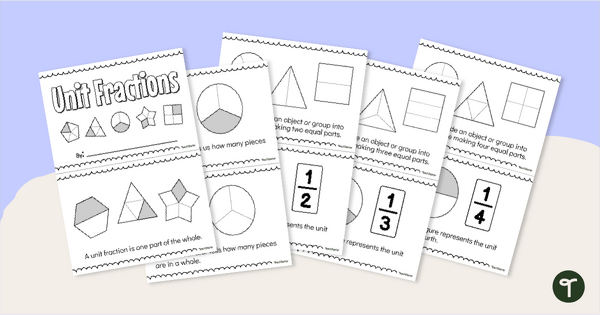
0 Comments
Write a review to help other teachers and parents like yourself. If you'd like to request a change to this resource, or report an error, select the corresponding tab above.